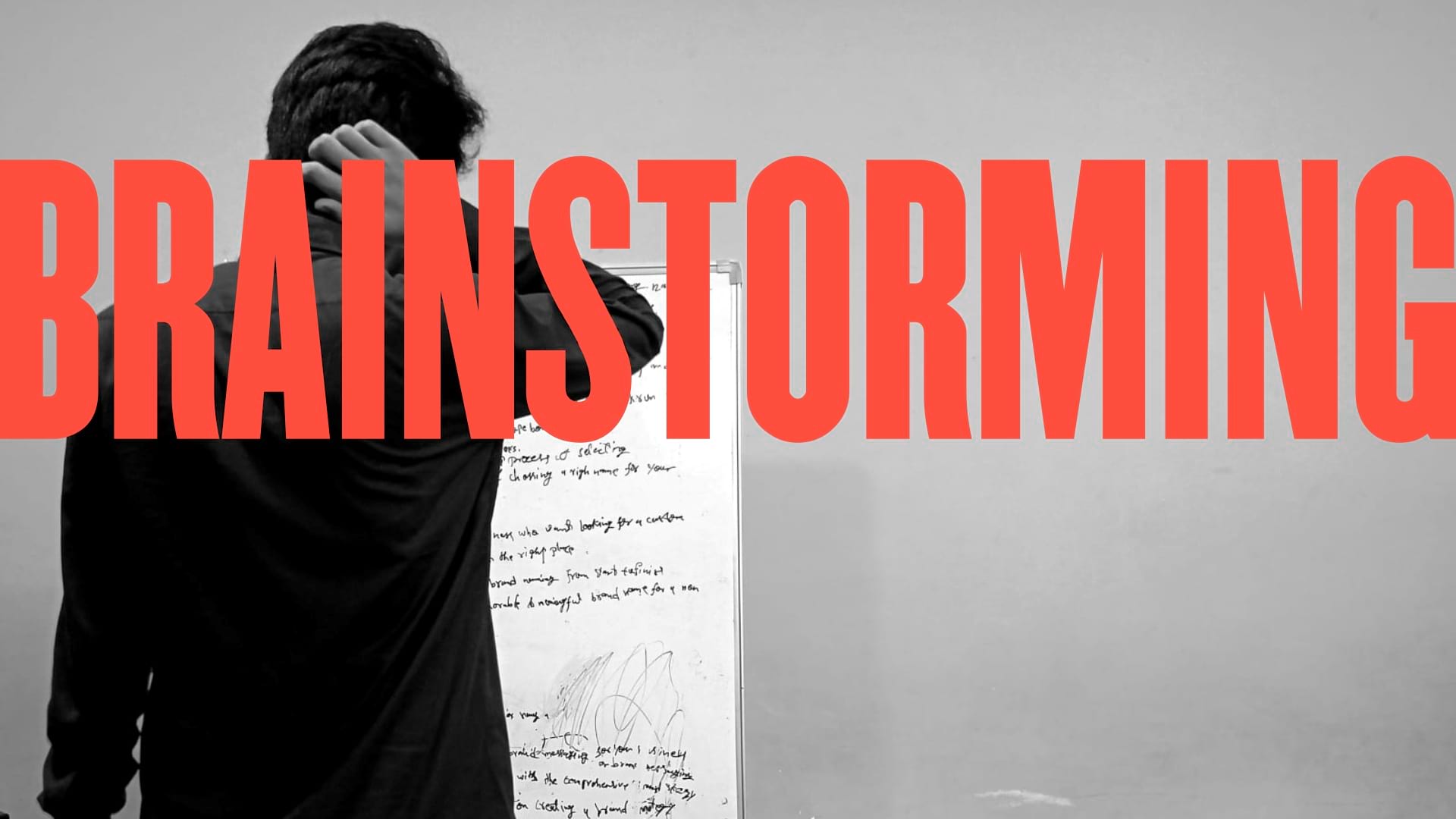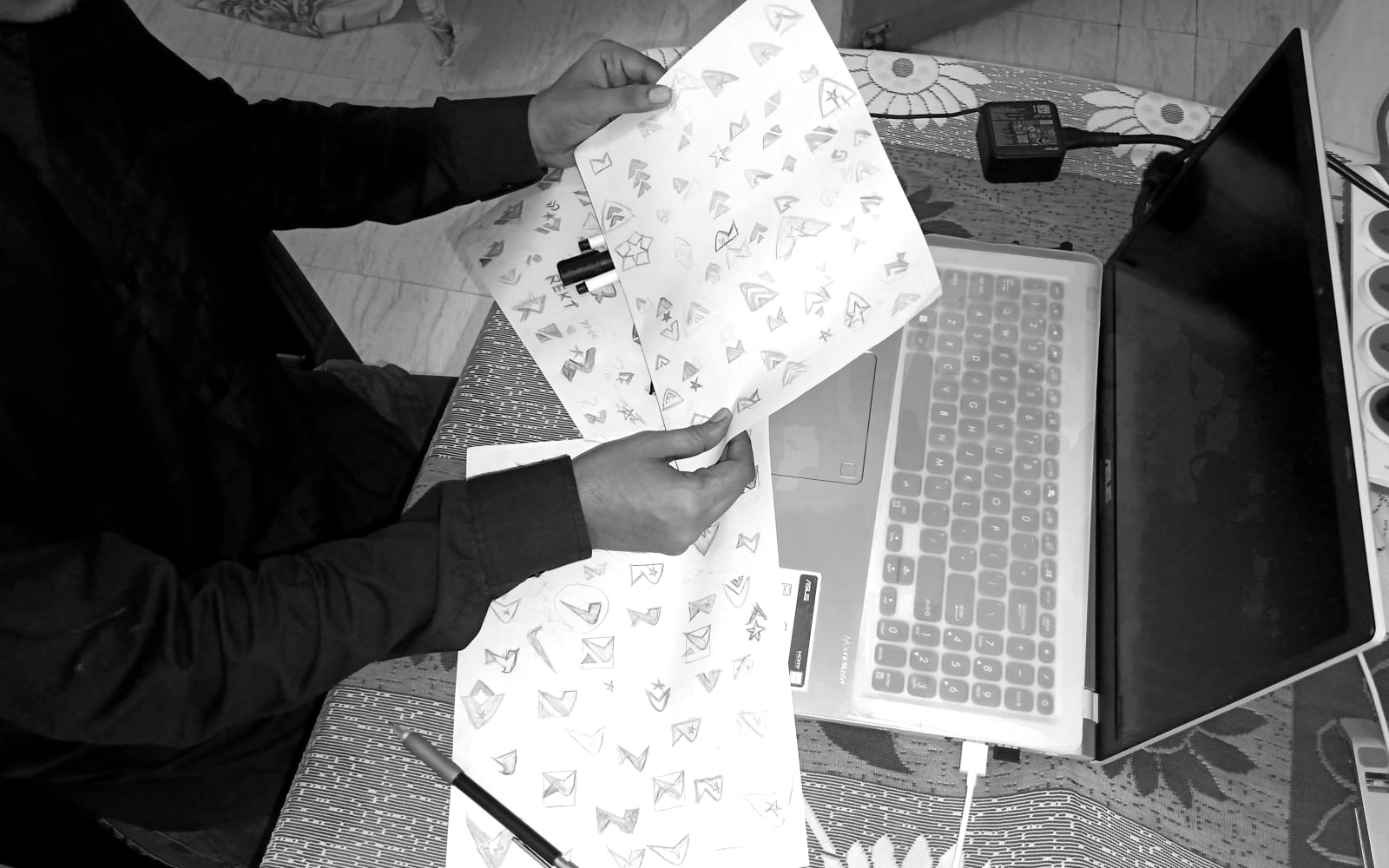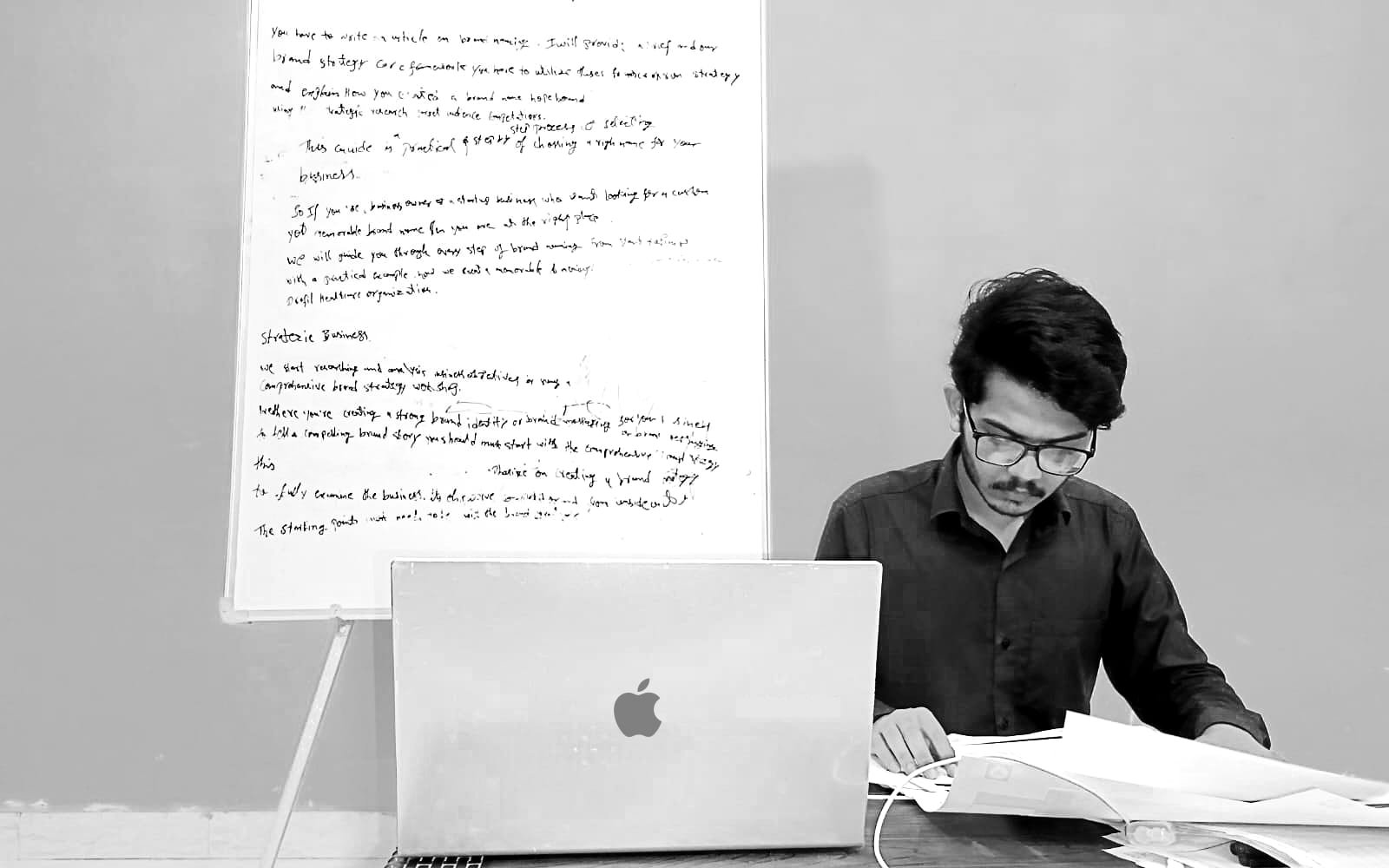Design
How to Create Great Logo Design Concepts: Step-by-Step Guide for Designers & Businesses
10.02.2025
By Shaikh Asif

Design
10.02.2025
By Shaikh Asif
In today’s crowded market, a logo isn’t just a graphic—it's a visual ambassador for your brand. Creating a great logo isn’t just about designing something that looks good. It's about designing something that communicates the very essence of a brand, connects with the target audience, and stands the test of time.
At Alitestar, we believe in crafting logos that don't just capture attention but capture meaning. In this article, I’m going to walk you through a step-by-step process to help you come up with powerful logo design concepts—whether you’re a creative professional looking to refine your process, or a business leader seeking a deeper understanding of branding.

What does the brand stand for? What are its core values?
Who is the target audience, and what resonates with them?
What’s the brand’s positioning within its industry—are they luxury, affordable, edgy, or traditional?
At Alitestar, we dive deep into a process called brand strategy. It’s not about finding out what the company does but why it matters. When you get to the heart of a brand’s strategy, you’ll find design elements that truly resonate.
Once you’ve understood the brand, it’s time to gather inspiration. This doesn’t mean copying other logos or designs; rather, it’s about studying trends, the competitive landscape, and even cultural elements. Research other logos in the industry and ask yourself:
What visual symbols or styles are overused in this sector?
Are there visual metaphors or unique concepts that can differentiate this brand?
Remember: A great logo is often born from unexpected inspiration—you might find it in nature, architecture, or even history.
This is where the creative magic happens. The best ideas often come through visual brainstorming—not in your first few sketches but in the exploration process itself. Here’s how to approach it:
Start with quick sketches; don’t get caught up in perfection.
Create a variety of styles or—symbolic, typographic, abstract.
Use mind-mapping techniques to connect ideas, concepts, and brand attributes.
At Alitestar, we often push ourselves to generate at least 50 rough sketches before narrowing down to a few refined concepts. This allows us to filter through the ordinary and uncover something unique and meaningful.

Once you have a set of ideas, it’s time to start refining. Focus on simplicity. The best logos are memorable, and simplicity helps achieve that. Here’s what you should ask yourself during this stage:
Is the logo easy to recognize at a glance?
Can it scale across various mediums—business cards, billboards, social media icons?
Does it still maintain its uniqueness after being simplified?
According to a study from MIT, our brains can process and remember simple, distinct shapes faster than complex ones. Simplicity not only aids in brand recall but also gives the logo a timeless quality.
Typography and color aren’t just visual elements—they are psychological tools. When chosen wisely, they can communicate a brand’s tone, voice, and position with precision.
Typography: The typeface needs to reflect the brand’s personality—be it elegant, bold, modern, or quirky.
Color Psychology: Different colors evoke different emotions. Blue is often associated with trust and professionalism, while yellow can convey optimism and warmth.
At Alitestar, we carefully select fonts and colors based on brand strategy—not just aesthetics. We also test colors to ensure they resonate with the target audience and reinforce the brand message.
A logo doesn’t live in isolation. It needs to work across multiple platforms and mediums—from websites to physical products, to mobile apps. You should test how the logo holds up in different sizes, contexts, and formats.
Does it remain legible as a small icon on a mobile screen?
Does it maintain its integrity when printed on various materials?
We often run logos through various mockups at Alitestar to see how they look in the real world—on packaging, apparel, business cards, etc. This helps ensure the design works in all contexts.

Feedback is an essential part of the process. Whether it's feedback from your client or a focus group, take time to listen and refine. However, remember that too many opinions can dilute your vision. Always stay aligned with the brand’s core message and values.
At Alitestar, we share initial concepts with clients but make sure we explain the rationale behind every decision. This educates the client and ensures the feedback is more meaningful and focused.
Let’s talk about a real-world example. Recently, Alitestar was tasked with creating a logo for a tech startup. Through a process of brand discovery, research, sketching, and refinement, we landed on a design that captured both the innovative nature of the company and its forward-thinking ethos. The logo uses sharp lines and bold typography to convey both speed and precision, while subtle blue tones reflect trustworthiness and innovation.
The result? A logo that is not only visually striking but perfectly aligned with the brand’s vision and story.
Designing a great logo isn’t about having a sudden “eureka” moment. It’s a process that requires strategy, research, and creative exploration. At Alitestar, we don’t just design logos; we craft brand identities that stand the test of time. If you’re a business, entrepreneur, or creative professional looking to elevate your brand, Alitestar offers premium services ranging from brand strategy and naming to identity design, logo creation, and brand guidelines. Let us help you tell your brand’s story visually.


Shaikh Asif is an Award-winning designer, director, strategist, and educator. He’s the Lead Strategic Brand Designer and Art Director of The Alitestar— a strategic branding and design agency that helps startups, ambitious CEOs, and passionate entrepreneurs to achieve success and ultimately create unforgettable brand experiences.